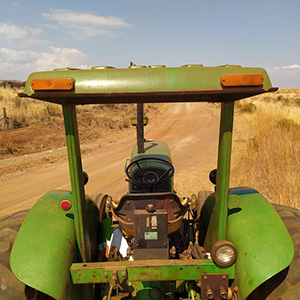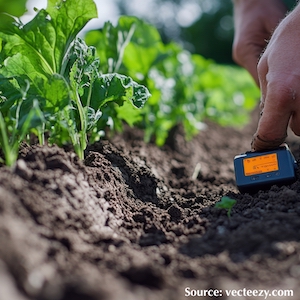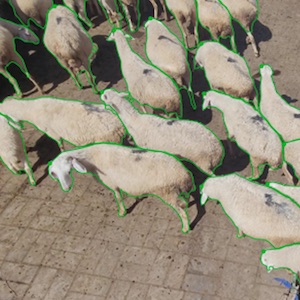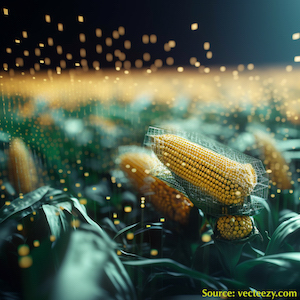Definition of linear regression models to calculate the technical parameters of Italian agricultural tractors

All claims expressed in this article are solely those of the authors and do not necessarily represent those of their affiliated organizations, or those of the publisher, the editors and the reviewers. Any product that may be evaluated in this article or claim that may be made by its manufacturer is not guaranteed or endorsed by the publisher.
Authors
As it is known, the modern agricultural tractor is no longer just a machine capable to pull agricultural trailers and to operate implements but has evolved into a multi-purpose and mobile energy source with standardized interfaces (mechanical, hydraulic and electronic) to connect to a several typologies of agricultural operating machines. It follows that the selection of the most appropriate tractors for the specific production realities is a crucial aspect for farmers, advisors, contractors and farm machinery experts. The tractors choice thus must consider different parameters, concerning not only the cost of the machines but also their dimensions, power, weight, technological level, etc. The availability of simplified models for estimating the purchase investment and sizing the machine in relation to its mechanical characteristics could be a useful tool in the choice of the tractor more suitable for the specific agricultural context. The aim of this study was to collect and to analyse the technical parameters of tractors present on the Italian market (more than 1300 models), divided into: i) four wheel-drive (4WD) standard tractors, ii) two wheel-drive (2WD) standard tractors, iii) narrow track 4WD tractors, iv) Isodiametric specialized 4WD tractors, v) crawler tractors and vi) rubber-tracked tractors), in order to define the most relevant parameter-to-parameter and parameter-to-price relations for updating reference models to calculate the machine price and the weight to engine power ratio. Other relations, including the three-point hitch efficiency with respect to tractor’s weight and the relationship between the rated engine power and its displacement, are proposed in order to provide synthetic tools to characterise and to compare - from the mechanical point of view - the different categories of agricultural tractors.
How to Cite

This work is licensed under a Creative Commons Attribution-NonCommercial 4.0 International License.










